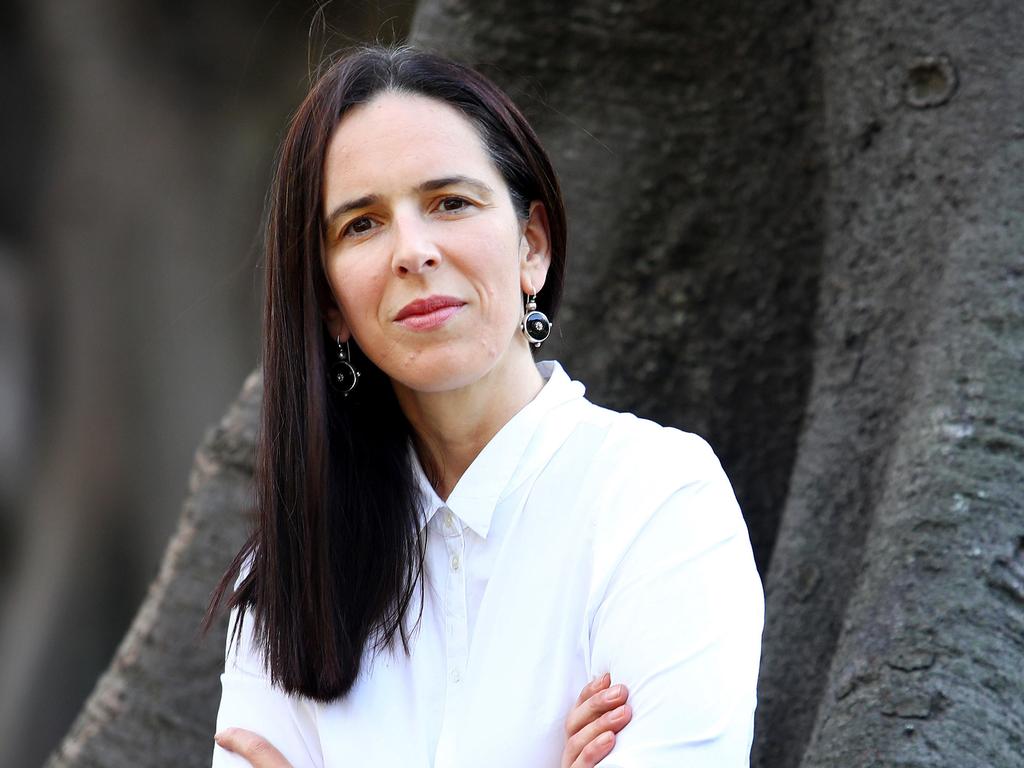More Australians turning to second jobs to make ends meet as cost of living rises
The number of Australians seeking casual work has hit an all-time high. See which industries pay the best.

SmartDaily
Don't miss out on the headlines from SmartDaily. Followed categories will be added to My News.
More Australians are turning to second jobs amid growing cost of living pressures.
Sidekicker chief executive officer Thomas Amos says new worker sign-ups to the casual staffing platform have hit an all-time high in recent months as more people seek to supplement their main income.
He says workers can make $250 in just one night working as a bartender or food and beverage attendant, while parents are earning up to $32 an hour doing admin work from home while their children are sleeping.
“The ability to earn pretty good money (working a second job) is definitely there,” Amos says.
“For a lot of people that are living pay cheque to pay cheque, and who can’t pull in their discretionary spending … this is an option to bring in additional cash.”
WHERE’S THE MONEY?
Amos says worker shortages have prompted the hospitality and healthcare sectors, in particular, to significantly increase their casual rates, with some roles now paying 30 per cent more than they did six months ago.
Warehousing and administration support are other areas paying high salaries to casual workers, correlating with high worker demand.

He says pay generally increases with the level of skill required, with aged care nursing assistants receiving up to $59 an hour, or up to $80 an hour if they work at a high-risk Covid site, known as “red zones”.
Opting to work evenings and weekends can also bring attractive penalty rates, Amos says.
“We do see people picking and choosing (work shifts) based on the earnings,” he says.
“A lot of the night-time work is paid at a premium so if you are comfortable working from six ‘til 10, or 11, at night then you will earn more.
“A lot want to do those Saturday night shifts or Sunday shifts where penalty rates apply.”
BUILDING A BUFFER
Tom Kelly has worked casual shifts in hospitality for the past decade to supplement his main income as a piano teacher.
Since signing up to Sidekicker last December, he has regularly picked up work across various cafes and restaurants and major events such as the Australian Open, Grand Prix and MotoGP, as well as the Melbourne Cup this week.

“I work (the second job) on weekends and school holidays mostly, when I don’t teach piano,” says Kelly, who holds Certificate IV qualifications in hospitality and frontline management.
“I actually haven’t had a weekend to myself for a couple of months now because I’ve been busy with work – I like to earn a bit more money leading up to the summer holidays when I won’t be teaching for such a long period.’’
IS IT WORTH IT?
William Buck SA business advisory manager Jennifer Rees says before taking on a second job, workers should consider the various financial and lifestyle implications, not just the salary on offer.
In general, workers can only claim the tax-free threshold from one employer, while the tax rate payable is calculated based on the combined income from all jobs worked by an individual.
“This could mean the additional income generated from your second job is taxed at a higher rate than you may have anticipated,” Rees says.
Fuel, carparking and childcare costs may increase with a second job, however there are also non-financial benefits to working multiple roles, such as building new skills and professional networks, she says.

“Once you have a clearer picture of the full implications, you can evaluate this against the family or personal time you’ll be forgoing,’’ Rees says.
“This way, you’ll have a far more informed view on the real net gain of working those additional hours each week.”
HELP WANTED
The most in-demand, highest paying casual jobs:
Hospitality:
• Food and beverage attendant – Up to $40 an hour for a 6.5-hour shift. Must hold a Responsible Service of Alcohol (RSA) certificate.
• Bartender – Up to $40 an hour for a 6.5-hour shift. Must hold a Responsible Service of Alcohol (RSA) certificate.
• Chef – Up to $50 an hour for a 7.5-hour shift. Must have experience in a commercial kitchen and a Certificate III/IV in Commercial Cookery.
Aged care:
• Assistant in nursing (AIN)/Personal care assistant (PCA) – Up to $59 an hour, or up to $80 an hour for Covid red zones; shifts of 4, 6 and 8 hours are available, including night shifts. Must have six months experience as a full-time AIN/PCA, manual handling experience, police check, Covid vaccinations + boosters, flu vaccination, knowledge of hand hygiene and relevant aged care or nursing qualifications.
Warehousing:
• General assistants and pick packers – Up to $36 an hour for an 8-hour shift. Previous experience working in a warehouse environment is preferred.
• Forklift drivers – Up to $40 per hour for an 8-hour shift. Must hold a LF license and have previous experience working in a warehouse environment.
White collar:
• Admin support – Up to $32 an hour. Shifts are usually seven hours and can be done remotely. Must have basic computer skills.
Source: Sidekicker




